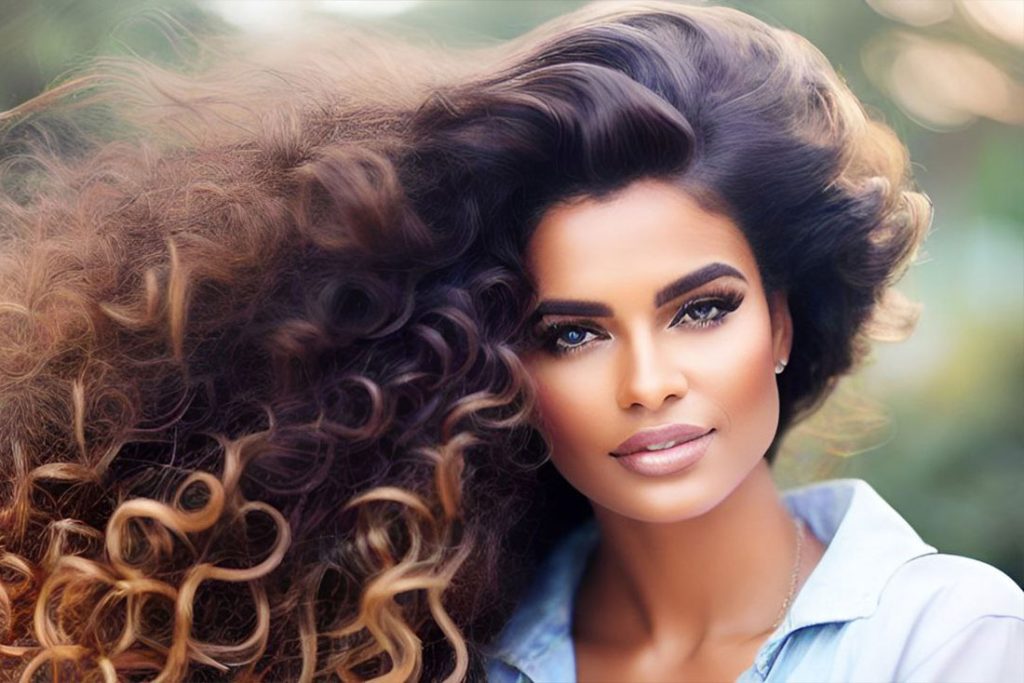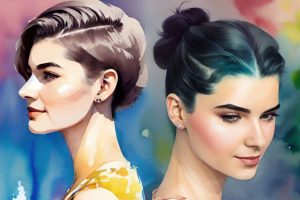Principle 5 of Hair Design: Harmony
In the artful realm of hairstyling, harmony plays a pivotal role, akin to the conductor of an orchestra. It ensures that each note, each instrument, sings in tandem, creating a symphony of beauty. Achieving harmony in hair design means understanding and integrating every component to achieve a cohesive, flattering, and synchronized look. This comprehensive guide delves into the depths of harmony and its significance in hairstyling.

Harmony Defined
Harmony is the congruence of disparate elements. In hair design, it signifies the unification of form, color, texture, and proportion. It is the soothing melody that resonates when every strand falls perfectly in place, complementing not just the client’s features but also their personality.
Key Elements of a Harmonious Design
1. Form and Lines
A harmonious design always boasts a well-defined form with lines that flow seamlessly. The lines shouldn’t feel forced; rather, they should enhance the hair’s natural flow, giving it structure and movement.
2. Color Coordination
A symphony of colors, when harmonized correctly, can elevate a design. This doesn’t always mean using colors that are in stark contrast. Sometimes, a gradient of similar tones or complementing colors can weave a tapestry that is both subtle and striking.
3. Texture and Volume
The texture adds depth to the design, and the right volume gives it life. Whether it’s the silkiness of straight hair, the bounce of curls, or the ruggedness of crimps, the texture should blend with the overall design, not stand apart.
4. Rhythmic Balance
Rhythm is the heartbeat of a design. It’s the recurrent pattern, the consistency. In a harmonious hairstyle, the rhythm complements the balance, ensuring there’s a consistent theme that ties the design together.
Achieving Harmony: Considerations for the Modern Hairstylist
1. Analyze Client’s Features
For harmony to resonate, it’s crucial to accentuate the client’s best features. Consider:
- Face Shape: Whether oval, square, round, or heart-shaped, the hairstyle should flatter and frame the face appropriately.
- Profile and Neck Length: The side view is as crucial as the front. The length and volume of the hair should complement the neck’s length, neither overwhelming it nor making it appear too elongated.
- Facial Features: From high cheekbones to deep-set eyes, every feature provides an opportunity to enhance and harmonize.
- Body Type and Posture: A client’s stature, build, and posture offer cues. For instance, voluminous hair might overwhelm a petite frame, while sleek, long hair might appear out of sync with a more athletic build.
2. Foster a Connection
To achieve harmony, understanding the client’s personality and preferences is pivotal. This ensures that the hairstyle is not just an external adornment but a reflection of their inner self.
Conclusion
Harmony in hair design is an art that transcends mere styling. It’s about crafting a narrative, a story where every strand, every hue, and every curl plays a part. For hairstylists, achieving harmony means viewing every client as a unique canvas, waiting for that perfect ensemble of elements to bring out its inherent beauty. With a keen eye, skilled hands, and an understanding heart, creating harmonious hair designs becomes not just a task but a fulfilling journey.






